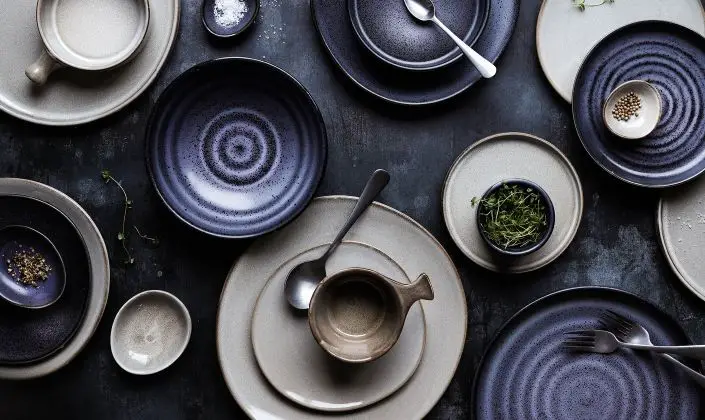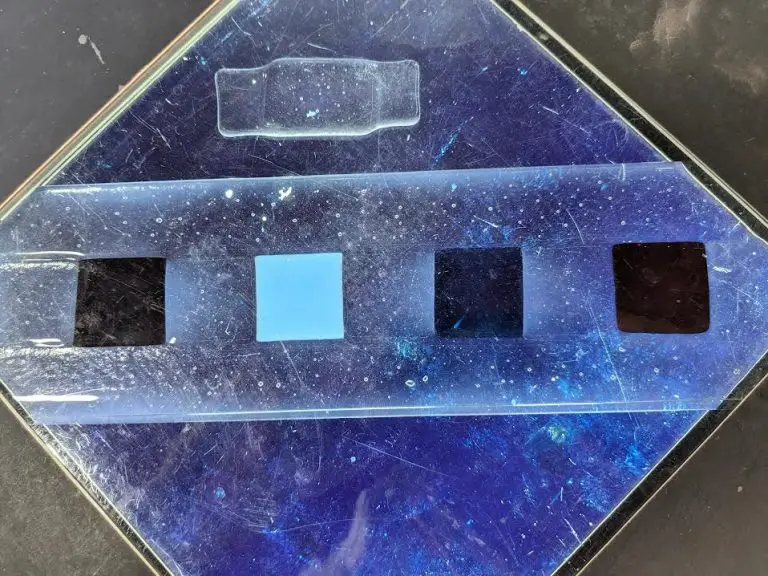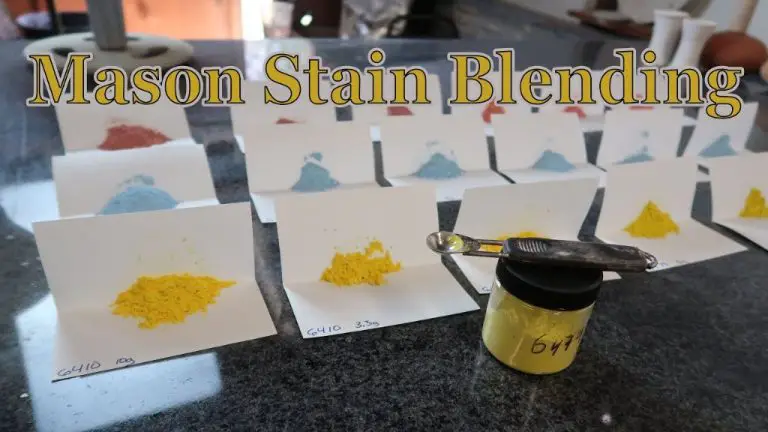How Old Is Robert Gordon Pottery?
Robert Gordon Australia (RGA) is one of the country’s most well-known pottery brands, having produced high-quality ceramic wares for over 75 years. The company was founded in 1945 by Robert Gordon in Brunswick, Victoria during the post-war period. Throughout its history, RGA has gone through various evolutions in ownership, production scale, and product offerings. Key eras in RGA’s long history include its founding and early artisanal production, struggles during the Depression era, a mid-20th century comeback and expansion, eventual shifts to mass-production and overseas manufacturing, and modern revivals focusing on smaller batch production.
This article will provide a comprehensive overview of the Robert Gordon pottery brand, from its founding in the 1940s up through its operations today. We will explore the brand’s rich heritage across the decades and highlight how it has reinvented itself during various cultural and economic shifts while still maintaining its reputation for high-quality ceramic tableware and decorative items.
Founding Era
The Robert Gordon pottery company was founded in Sydney, Australia in 1945 by potter Robert William Gordon. https://www.robertgordonaustralia.com/pages/our-heritage Robert Gordon had learned the art of pottery earlier in the 1900s and decided to start his own studio. The early Robert Gordon pottery pieces were known for their Art Deco style designs and glazes.
The pottery was an initial success, gaining popularity for its artful plates, vases, jugs, and other tableware. Robert Gordon expanded operations in the first couple decades, increasing production and reach across Australia. https://www.robertgordonaustralia.com/ The company grew steadily in the early years under founder Robert Gordon’s leadership and artistic vision.
Depression Era Struggles
The Great Depression brought immense hardship to Robert Gordon Industries. As discretionary income dried up, demand for fine china plummeted. Robert Gordon was forced to shift production to more affordable everyday dishware just to stay afloat (https://us.steelite.com/dinnerware/porcelain/robert-gordon/potter-s-collection.html). Mass layoffs became common as the company scrambled to cut costs. Sales continued falling as prices remained out of reach for struggling households.
In the late 1930s, Robert Gordon debuted new lines of simple, minimalist plates and mugs, ditching the ornate designs of the past. Streamlining production in this way enabled the company to lower prices to affordable levels. While fine china was still produced in limited supplies, the company’s focus shifted heavily toward budget-friendly dinnerware for the average consumer. This strategic change likely saved Robert Gordon from total collapse during the Depression’s darkest years.
Mid-Century Comeback
After struggling during the Depression era, Robert Gordon pottery saw a resurgence in the 1940s and 1950s. Robert Gordon and his son Athol Gordon reopened the factory in Sunshine, Melbourne in 1945 after closing it during World War II.
They introduced new shapes and glazes that appealed to the mid-century aesthetic. Some of their most popular glazes from this era included Blue Iris, Kangaroo, and Bottle Green (https://www.robertgordonaustralia.com/). The shapes also evolved with the times, taking inspiration from mid-century modern design.

Robert Gordon pottery from the 40s-50s is now highly collectible. The company embraced more mass production techniques during this era to increase output. However, each piece was still hand-finished and hand-decorated, giving them an artisanal quality.
Mid-century Robert Gordon pottery often featured hand-painted flowers, fruits, animals, and Australian-themed designs. Collectors today appreciate the retro styling and bold colors of Robert Gordon pottery from the postwar era.
Changing Hands
In the 1960s, Robert Gordon Pottery was sold to new owners who maintained the company’s dedication to quality and tradition. Founded in 1945 by Robert Gordon, the company had become known for its high-quality ceramic pieces inspired by the Australian landscape. Under the new ownership, Robert Gordon Pottery continued producing handmade items like vases, bowls, and mugs featuring earthy textures and colors reminiscent of the Outback.
While keeping the core values of Robert Gordon’s original pottery workshop, the new owners brought some changes as well. They expanded operations to increase production and meet growing demand. The product line also grew to include more decorative and gift items that could appeal to a wider audience. Promotional materials emphasized that each piece was still individually crafted by skilled artisans.
Overall, the new owners struck a balance between capitalizing on Robert Gordon Pottery’s established reputation, while also evolving the business. The transition allowed the company to thrive and introduce Gordon’s iconic Australian-inspired ceramics to new generations of customers.
[1] https://www.robertgordonaustralia.com/pages/our-heritage
Mass Production Era
By the 1970s, Robert Gordon pottery had transitioned to higher volume production to meet increased demand. This shift came at the expense of the handmade artisanal quality that had defined Robert Gordon wares for decades. Pieces were now being mass-produced using molds, rather than individually thrown on potter’s wheels. As a result, interest among collectors began to wane as the pottery lost its handcrafted appeal (Citekatz 2017).
Robert Gordon embraced automation and assembly line techniques during this era to boost efficiency and lower costs. However, this led to a homogenization of shapes and styles, with less room for artistic experimentation. The human touch that had characterized Robert Gordon was fading away. While output increased dramatically, the sense of craftsmanship diminished. Many devotees of Robert Gordon bemoaned the pottery’s industrialized turn and yearned for a return to small batch production (https://www.robertgordonaustralia.com/).
Modern Revivals
Though Robert Gordon pottery production slowed in the late 20th century, the vintage pottery remained popular among collectors. This led to periodic revivals of classic Robert Gordon styles, often released as limited edition runs. In the 1990s, new owners of the Robert Gordon brand focused on reissuing some of the most iconic mid-century designs in vibrant, on-trend colors Robert Gordon Australia – Making Pottery since ….
These revival pieces sparked renewed interest in Robert Gordon pottery. A cult following developed among modern collectors seeking out rare vintage items as well as new limited editions. While no longer produced at the same scale as during the mid-20th century heyday, Robert Gordon maintains an avid base of fans focused on the brand’s legacy of quality and style.
Current Era
In the current era, Robert Gordon has moved into more custom and specialty lines of pottery. While they still produce some of their classic patterns, the company now focuses more on bespoke designs created in partnership with interior designers, hospitality groups, and other business customers.
Robert Gordon has also embraced online direct sales, with customers able to shop the full product range on the company’s website and have items shipped directly. This allows the company to reach a wider audience beyond traditional retail channels.
Production now takes place in a small workshop setting, versus the larger mass production facilities of the past. Each piece is individually handmade by skilled artisans using traditional techniques. This return to Robert Gordon’s roots as a small pottery studio allows for more artisanal production methods and customization.
While no longer producing at the huge volumes of the mid-20th century, Robert Gordon continues moving forward with an emphasis on quality, customization, and connecting directly with end consumers. Their products showcase the beauty and legacy of this long-running Australian pottery company.
Legacy
Robert Gordon pottery holds an important place in the history of American studio pottery. Founded during the postwar era, Robert Gordon was one of the pioneering pottery studios that helped revive the craft of handmade pottery in the mid-20th century (https://www.robertgordonaustralia.com/pages/our-heritage).
With its classic shapes and earthy glazes, Robert Gordon pottery has influenced many later studio potters (https://www.robertgordonaustralia.com/). The irregular, handcrafted look of Robert Gordon wares inspired the loose, organic style favored by many contemporary potters.
Vintage Robert Gordon pieces from the 1940s-1960s are highly prized by collectors today. Their hand thrown forms and subtle glazes epitomize the clean, simple elegance of mid-century modern ceramic design (https://www.houseofstyle.net.au/journal/2019/episode05/robertgordon). Robert Gordon pottery has become a classic of American studio art.
Conclusion
The story of Robert Gordon pottery is one of passion, resilience, and evolution. Founded in the midst of World War II, the company overcame early struggles and recessions to become one of Australia’s leading ceramics brands. Key innovations like developing vibrant glazes and mastering reduction firing cemented Robert Gordon’s reputation for quality and creativity.
Through changing economic climates and shifting ownership, Robert Gordon has endured while staying true to its founding principles of artistry and craftsmanship. The company ushered in the era of mass-produced tableware in Australia while still maintaining artisanal production techniques. Their pottery continues to be coveted for its collectability and display value.
Today, Robert Gordon enjoys a legacy as an iconic Australian brand that has stood the test of time. Their story is one of passion for clay and perseverance to bring beautiful, functional pottery to homes across Australia and the world. This proud heritage lives on in every mug, plate, and serving piece bearing the Robert Gordon name.




